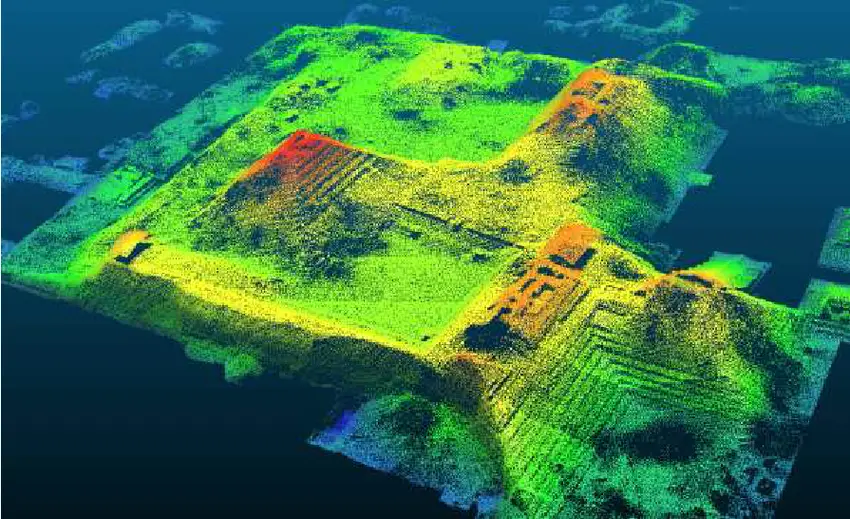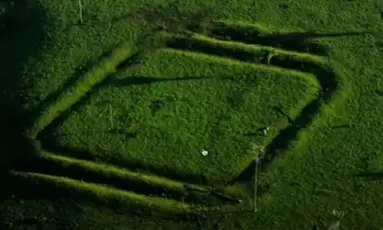The Amazon Jungle is one of the wildest places on earth. It is called the ‘rainforest of our planet’ and for good reason. The oxygen that it produces is massive and very important to the planet. Additionally, the biodiversity of the amazon rainforest is incredibly diverse. Out of only 3% of amazon plants researched for therapeutic value approximately 25% of western pharmaceutical drugs have been developed. In other words, if just 12% of Amazonian plants were studied for medicinal and therapeutic value we could have a therapeutic plant 100% of all diseases, ailments and conditions.
Of course pharmaceutical companies would then try to patent those plants and create products that aren’t nearly as effective as the base plant. But at least we could know that the plants have this medicinal value and use them for ourselves. Herbs like una de gato, sangre de grado, chanca piedra and berries like camu camu already have much therapeutic value and come from the Amazon.
This is a good reason to support companies and products that come from the Amazon rainforest as long as they are done in a healthy manner that regenerates and sustains the amazon. We need this jungle for future generations! Let alone ours. What most people are unaware of is that there were massive cities in the Amazon jungle before the rainforest simply took over. On a Joe Rogan podcast episode with Graham Hancock, he explains.
Lost Amazonian Cities Unearthed Underground
The amazon was thought to be simply the worlds largest rainforest. The world’s largest jungle. The lungs of planet earth until recently.
Joe Rogan shares “Some of the more fascinating pieces of evidence of South America have come out recently about these channels and pathways they found in the amazon. From Humans creating irrigation. It appears like grids, like city grids.”
Graham Hancock shares “The Amazon basin is huge. It’s 7 million square kilometers in area. Almost 5.5 million square kilometers have still not been studied by archeologists. This is the 5.5 million that is still covered by rainforests. This is the size of the Indian sub-continent. It’s like doing archeology but ignoring India”
The cutting down of the Amazon rainforest for soy bean farms and cattle ranches is revealing things that ‘shouldn’t be there. According to Hancock.
Hancock adds “Evidence that large cities existed in the Amazon. There was a Spanish explorer that went down to the Amazon river system in 1541 to 1542 and he reported seeing large cities, thriving cultures. He was the first explorer to cross the entire Amazon from west to east. Hundreds of years later new explorers could not find these cities.”
“What happened was that Spaniards brought smallpox to the local population. It devastated them and within 50 years the Jungles overgrew these cities. There ere huge numbers of them. A total population of the Amazon that was around 20 million people.”
How did they feed this many people? They invented their own soil. A soil based around biochar. Called terrapreta, Archeologists refer to it as “Amazonian black earth.” You can take a handful of 8,000 year old terra preta and that soil will become instantly fertile. There was soil science in the Amazon.
Hancock adds “It’s still not understood by soil experts to this day. It’s one of many pieces of intriguing evidence that the level of development was higher than it has been given credit for. A kind of science in the Amazon.”
Hancock continues “The Amazon is basically a garden. The Amazon is a man-made rainforest. There are certain trees like Brazil nut trees or the ice cream bean tree which are very valuable and they dominate the tree regime in the Amazon. They are referred to hyper dominant species. The whole thing is not simply a wild pristine rainforest. It’s also an ancient man-made environment. There are huge geometrical structures.”
“Emerging from that man-made environment evidence of large cities, large populations. We have in the UK structures that are called Henges. What a henge is, is a ditch which has been dug deep and then an embankment has been built around the structures. At first they were thought to build for defense. A henge is an earthwork which consists of a ditch with an embankment. What we find in the Amazon are thousands of Henges which have been identified. Lidar technology has been used. Lidar technology is light-laser based technology to read environments.” As shown below..

If Lidar technology could be applied on a large scale what could we find? You have to ask yourself in that 5.5 million square kilometers, what would we find beneath there? Hancock asks. I’m intrigued by these huge geometrical figures which primarily involve circles and squares.
We are just looking at the edges of a mystery. – Graham Hancock
Astronomers were at work in the Amazon. That tells us that geometrical work was at work in the Amazon. It tells us this was highly organized work that was organized at a high scale.

There are thousands of these henges in the Amazon that are now being discovered.
Watch the full clip here:








